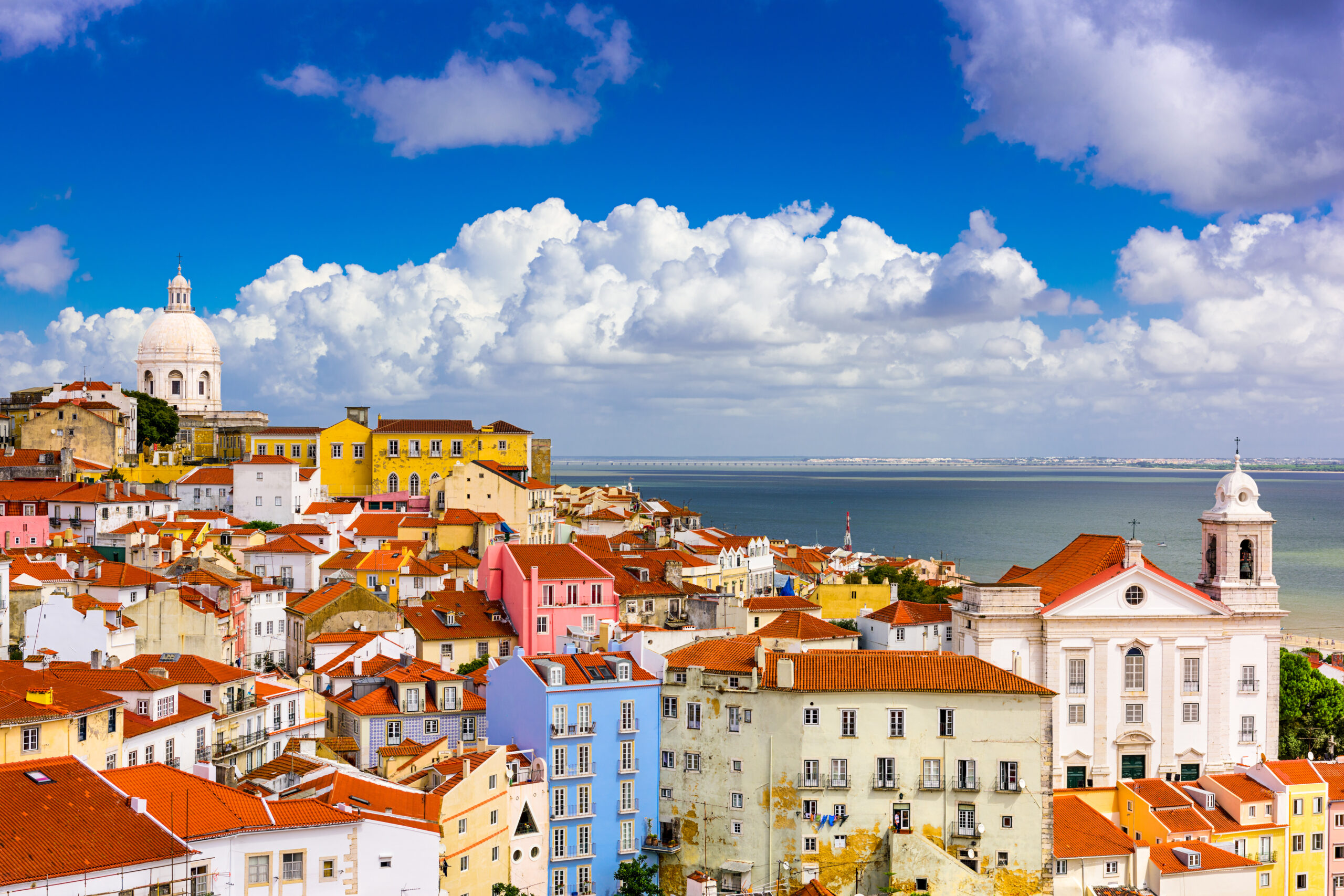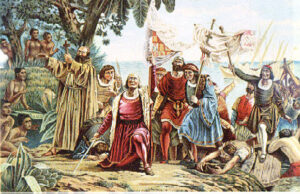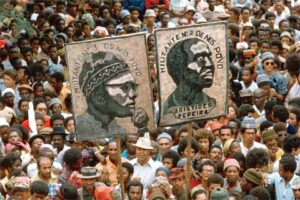During the Renaissance, Portugal had a big impact, but Italy and France’s achievements were often more well known. The Renaissance, which happened in Europe from about the 14th century to the 17th, was a time of huge changes in art, culture, and ideas. With its strategic location and growing empire, Portugal made important contributions to this time of change through its work in art, science, exploration, and interactions with other countries around the world.
The Setting of the Renaissance in Portugal
A Look at the Renaissance
The Renaissance, whose name means “rebirth,” was a time when people became interested in learning and values from the past again. It started in Italy and spread all over Europe, bringing about progress in art, science, literature, and philosophy. Humanism, individualism, and a renewed interest in nature and ancient times were big parts of this cultural movement.
At this point in time, Portugal was becoming a maritime power and its empire was growing. The country’s role in the Age of Discovery and its growing contacts with other parts of the world affected its participation in the Renaissance.
Political and Economic Situation in Portugal
During the 15th and 16th centuries, Portugal was ruled by the Avis Dynasty, which encouraged people to travel and grow. Portugal became a major world power thanks in large part to the maritime discoveries made by people like Prince Henry the Navigator. The money made from trade and colonisation projects gave cultural and intellectual progress the tools it needed to happen.
Contributions to art and cultural exchange
Art and architecture from Portugal
The art of Portugal during the Renaissance was a unique mix of traditional Iberian styles and new Renaissance styles. Portuguese art and architecture have their own styles and developments thanks to the way Renaissance art mixed with local traditions.
Manueline Style of Building
Spain’s Manueline style, named after King Manuel I, is one of the most important contributions to Renaissance architecture. Designs in this style of architecture are very complicated and detailed. They are a mix of Gothic, Renaissance, and Moorish styles. The Jerónimos Monastery in Lisbon and the Belém Tower are both in the Manueline style. The maritime themes on these buildings show Portugal’s history of exploring the seas and connecting with people around the world.
Painters from Portugal
Even though Portugal didn’t have as many famous Renaissance painters as Italy or Flanders, it did have some important artists who contributed to the time. Nuno Gonçalves was one of these artists. His work is known for showing people and scenes in great detail. “Retable of the Family of Alvaro” by Gonçalves is an important piece of Portuguese Renaissance art that combines traditional and modern styles.
Exchange and Impact of Cultures
Portugal’s travels around the world made it easier for people from many places to share their cultures, including Africa, Asia, and the Americas. This exchange had an effect on Portuguese art and culture, causing exotic themes and elements to be used in Portuguese art.
When Portuguese explorers and traders went to other cultures, they brought back new art materials, techniques, and ideas. The decorative arts, ceramics, and textiles of the time showed these influences, which added to the rich cultural tapestry of Renaissance Portugal.
What they brought to science and exploration
Progress in mapping and navigation
In the Renaissance, Portugal’s contributions to science were closely linked to its sea explorations. Navigation and cartography made a lot of progress during the Age of Discovery. This was because people needed to map out new areas and make long-distance sea travel easier.
What Prince Henry, the Navigator, Did
Prince Henry the Navigator was very important in making exploration and navigation better. His help in making navigational tools like the astrolabe and the caravel ship possible let Portuguese explorers go further along the coast of Africa and into the Indian Ocean. During this time, detailed maritime charts and maps were made, which were needed to find their way along the new routes.
The Important Work of Luís de Camões
Luís de Camões was a famous Portuguese poet and writer who made important intellectual and cultural contributions during the Renaissance. “Os Lusíadas,” his epic poem, praises Portugal’s maritime achievements and its quest to discover new worlds. The poem is in the style of classical epics and includes elements of Portuguese history and mythology. It is based on Renaissance ideas of bravery and exploration.
What Portuguese exploration did to the Renaissance
Global Growth and Sharing of Cultures
Portugal’s exploration of the world had a huge effect on the Renaissance because it led to more cultural exchange and knowledge growth. Europe and other parts of the world were able to share goods, ideas, and cultural practices more easily after new lands were found and trade routes were set up.
The Trading of Things and Thoughts
Europeans were very interested in the strange things that Portuguese explorers brought back, like spices, textiles, and precious metals. These goods had an effect on art and design in Europe. They also led to the creation of new materials and methods. New ideas and styles of art were brought to Portugal through the cultural exchange and became part of Portuguese art and architecture.
What the Portuguese Exploration Left Behind
It wasn’t just cultural exchange that Portuguese exploration had on the Renaissance. Exploration and building global trade routes gave people a lot of new information that shaped European intellectual and scientific progress for a long time. Along with the sharing of ideas and technologies, learning more about geography grew during the Renaissance. This helped shape the modern world.
How the Portuguese Lost Their Power
Changes in Power and Influence
As other European powers, like Spain, England, and the Netherlands, became more powerful in global trade and exploration in the late 1600s and early 1700s, Portugal’s power began to fade. There were wars and changes in the balance of power because of the competition for overseas territories and trade routes.
The Iberian Union and What It Did
The Iberian Union (1580–1640), in which Portugal and Spain were united under the Habsburg crown, had a big effect on the power of Portugal. Portugal had a hard time with politics and the economy during the union because Spain’s needs were often put ahead of Portugal’s. Portugal’s influence in the world has been falling since it lost its independence and started fighting with other European powers.
The Coming Back of Independence
Portugal got its independence back from Spain in 1640, which led to a rise in Portuguese power in the last few years of the 17th century. Though, the Renaissance and the Age of Discovery had already changed the world, bringing about new powers and new dynamics that changed Portugal’s role in world affairs.
Conclusion
During the Renaissance, Portugal had a big impact on the world through its contributions to art, science, and travel. The country’s art and architecture are a result of the Manueline style and cultural exchange. They reflect the ideas of the Renaissance as a whole while also adding Portuguese elements. People like Prince Henry the Navigator led important changes in navigation and exploration that had a big impact on the Renaissance movement around the world.



